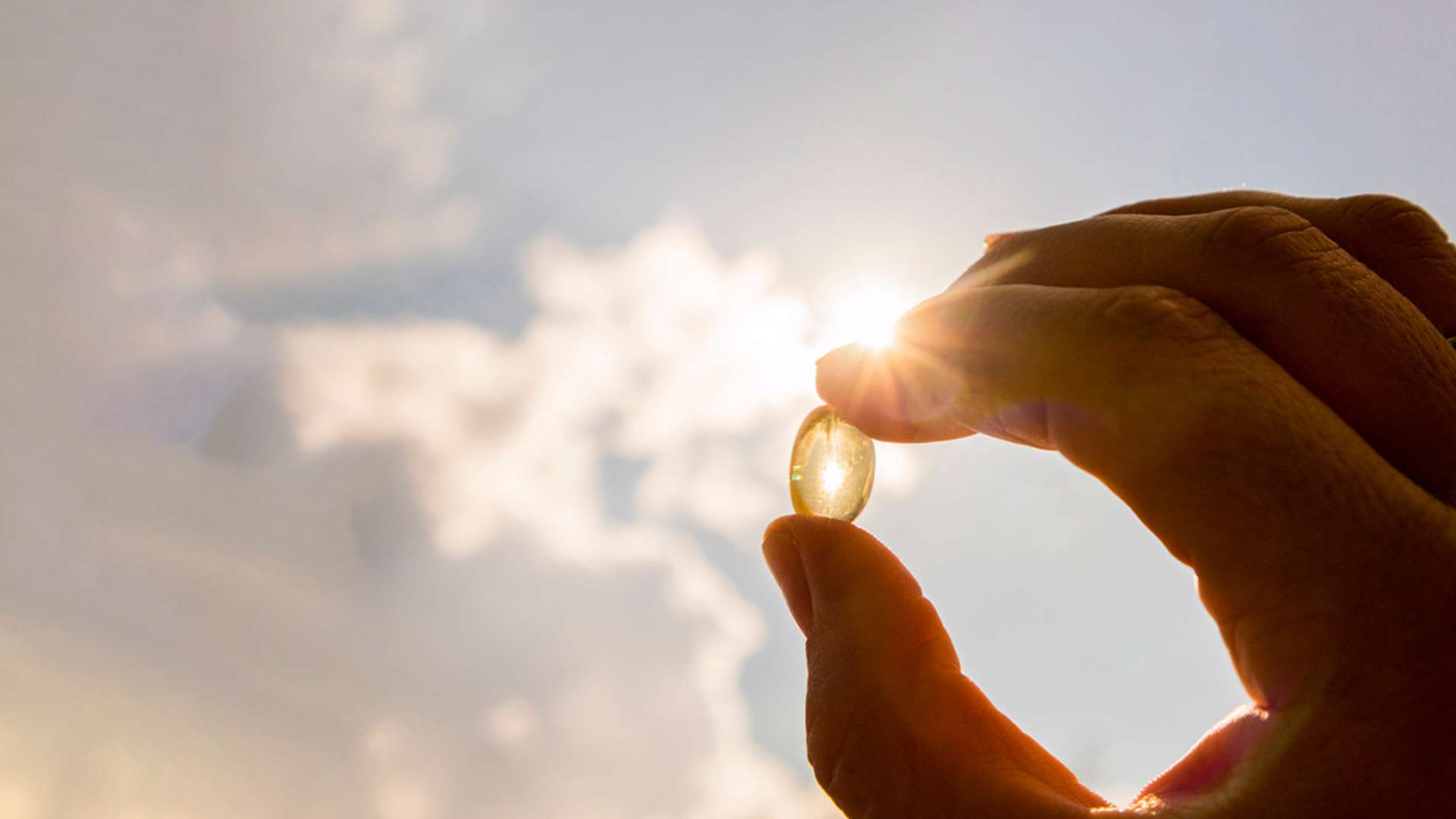The Vitamin Is On The Shell
Daily hassles, stress and many factors make us sluggish, weak and careless. After a certain age, our body sends help signals to us even more loudly. Good nutrition and sports are, of course, the tricks of living a long and healthy life. But taking some supplements is almost inevitable.
A vitamin is an organic molecule (or a chemically closely related group of molecules, namely vitamers) that is an essential micronutrient that a living thing needs in small quantities for its metabolism to function properly. Essential nutrients cannot be synthesized at all or in sufficient quantities, and therefore must be obtained through nutrition. Vitamin C can be synthesized by some species but not by others; it is not a vitamin in the first place, it is in the second place.
.jpg)
The term vitamin does not include the other three essential food groups: minerals, essential fatty acids, and essential amino acids.[1] Most vitamins are not a single molecule, but groups of related molecules called vitamins. For example, there are eight vitamins E: four tocopherols and four tocotrienols. Some sources list fourteen vitamins, including choline, but major health organizations list thirteen vitamins: Vitamin A (all trans-retinol, all-trans-retinyl-esters, as well as all-trans-beta-carotene and other provitamin A carotenoids. vitamin B1 (thiamine), vitamin B2 (riboflavin), vitamin B3 (niacin), vitamin B5 (pantothenic acid), vitamin B6 (pyridoxine), vitamin B7 (biotin), vitamin B9 (folic acid or folate) , vitamin B12 (cobalamins), vitamin C (ascorbic acid), vitamin D (calciferols), vitamin E (tocopherols and tocotrienols), and vitamin K (phylloquinones and menaquinones).
.jpg)
All vitamins were discovered (identified) between 1913 and 1948. Historically, when dietary vitamin intake was lacking, the results were vitamin deficiency diseases. Then, starting in 1935, commercially produced yeast extract vitamin B complex and semi-synthetic vitamin C tablets became available. This was followed in the 1950s by the mass production and marketing of vitamin supplements, including multivitamins, to prevent vitamin deficiencies in the general population. Governments have mandated the addition of certain vitamins to staple foods, such as flour or milk, which are called dietary supplements to prevent deficiencies. Folic acid supplementation recommendations during pregnancy have reduced the risk of infant neural tube defects.
Almost everyone has different vitamin supplements in plastic tubes, such as a space box, on their desk or closet. These shaped and airy tubes are one of the benefits of the plastic industry. We open these air tubes and throw a vitamin tablet into the water. The color of the water changes in the coz of whistles and the vitamins we need are waiting for us in that water. We drink our vitamins in one breath and feel like a superhero.
Of course, we need to take these vitamin supplements under the supervision of a doctor, otherwise we will supplement our body with unnecessary and vice versa harmful extra vitamins.



